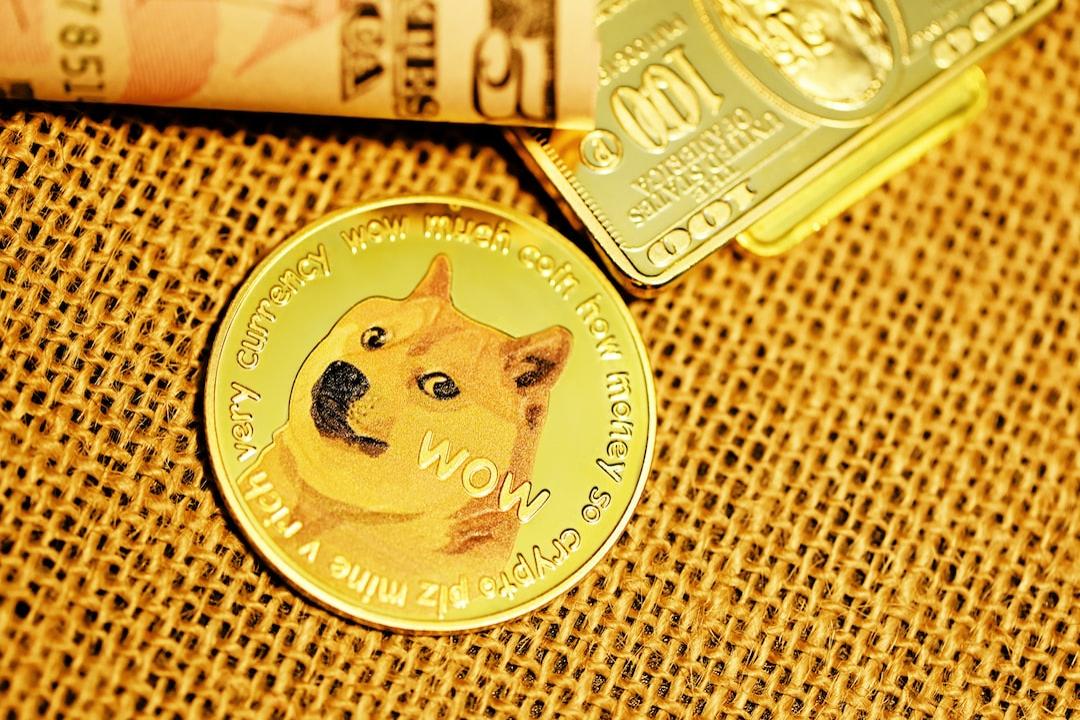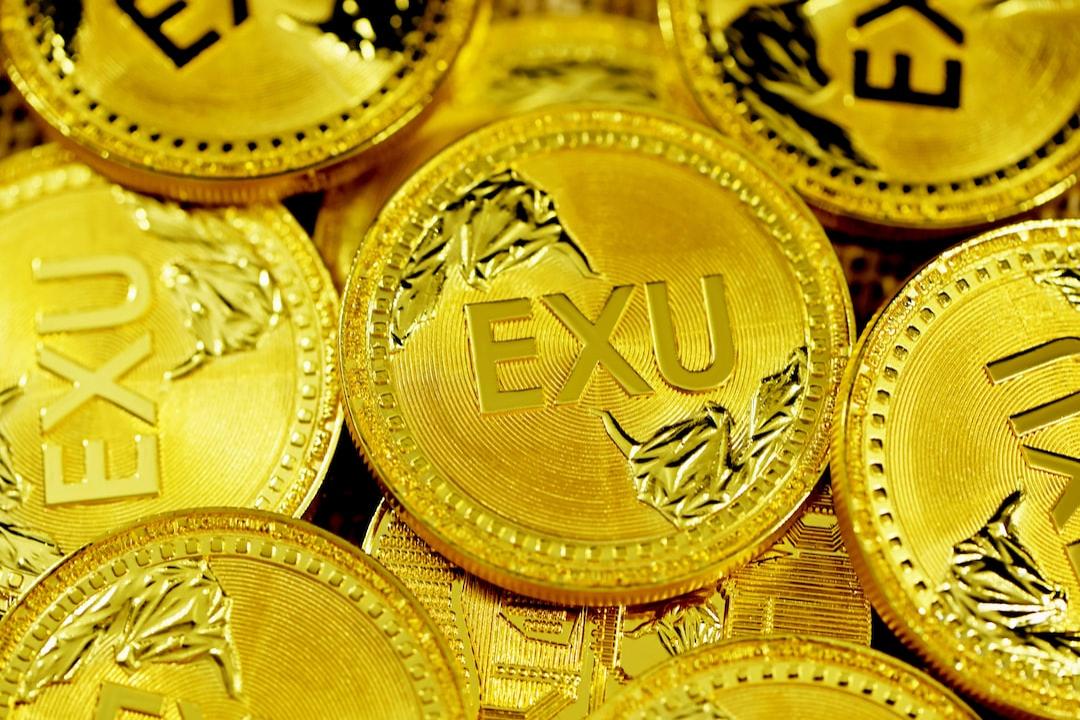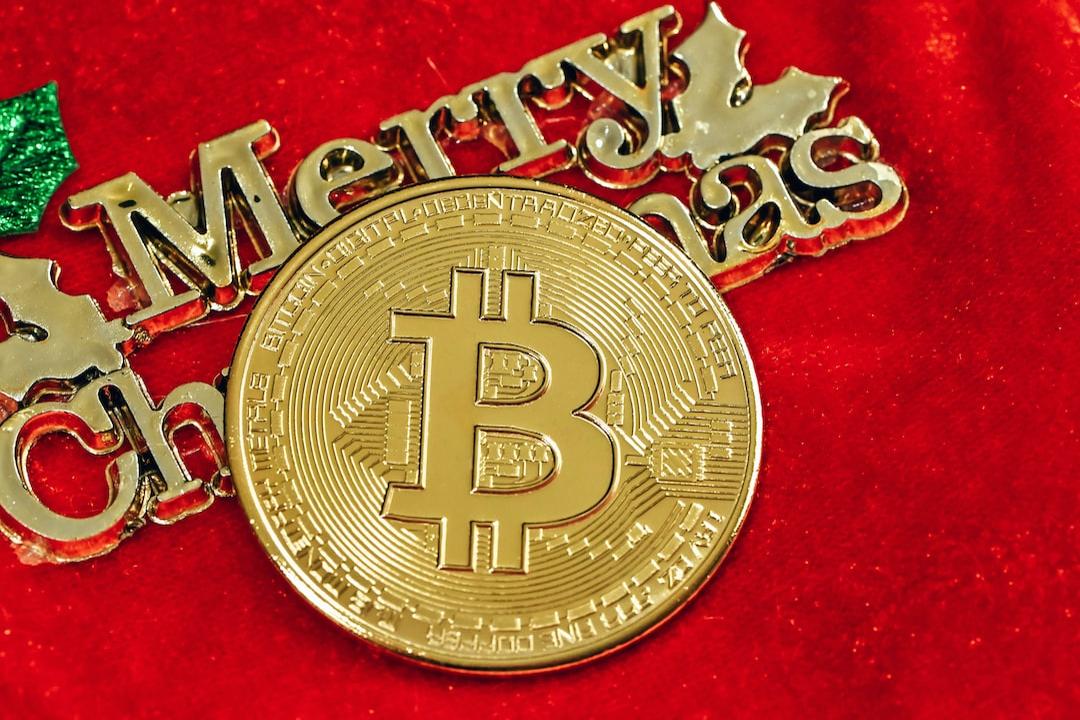When Bitcoin Faces a “Value Winter,” Real-World Gold is Recasting Value Behind the Iron Curtain on the Blockchain.
(Previous Context: U.S. Stocks Plunge, Rich Dad Says “I Told You So”: Buy Bitcoin, Gold, and Silver to Survive)
(Background Information: Bitcoin vs. Gold: Which is the Better Investment Choice for 2025?)
Recently, the volatility of the cryptocurrency market has become increasingly uncertain amid changes in the international financial market, with the price trends of Bitcoin, Ethereum, SOL, and other mainstream crypto assets also in a slump. The market’s enthusiasm for crypto trading seems to be shifting from optimism to a bearish outlook. In stark contrast, international gold prices continue to rise, surpassing $3,240 per ounce, repeatedly setting new historical highs, reaffirming gold’s status as a safe-haven asset.
Within the crypto market, assets linked to gold have also seen a steady increase in market value, with tokenized gold assets surpassing $2 billion in market capitalization on April 11. From a risk-hedging perspective, gold-related crypto assets appear to be emerging as a new quality option. PANews has compiled the current mainstream gold-related trading positions in the crypto market.
Currently, trading positions related to gold in the crypto market are divided into tokenized gold, such as TetherGold (XAUT) or PAXGold (PAXG), which are essentially digital certificates of ownership of physical gold, and derivatives trading that uses these tokenized gold assets alongside stablecoins. This includes spot trading pairs or contract trading pairs offered by exchanges, such as XAUT or PAXG.
Additionally, some online precious metal dealers support cryptocurrency as a payment method when trading physical gold. These methods of participating in gold trading differ in terms of risk preference, capital flexibility, and other factors.
XAUT and PAXG: The Leading Projects in Tokenized Gold
TetherGold (XAUT) and PAXGold (PAXG) are the two largest tokenized gold varieties in terms of market capitalization. XAUT is issued by Tether, the issuer of USDT, with 1 XAUT corresponding to the ownership of 1 troy ounce of gold from a specific “Good Delivery” gold bar recognized by the LBMA (London Bullion Market Association).
The gold is specifically allocated, and holders can verify the unique serial number, purity, and weight of the gold bars associated with their address through the official website. Tether claims that the tokens issued are 100% backed by reserves, with XAUT supported by a portion of the gold in reserve. As of April 12, XAUT’s total support amount was 7,667.7 kilograms of gold, distributed across 644 gold bars, with a market cap of approximately $797 million.

Compared to traditional gold ETFs or futures, both XAUT and PAXG tokenized gold do not have custody fees and have a lower minimum purchase amount.
PAXG’s fee structure differs from that of XAUT. Establishing or redeeming PAXG directly through the Paxos platform incurs a tiered fee based on trading volume, while on-chain transfers incur a 0.02% fee from Paxos.
In contrast, XAUT claims no custody fees but charges a 0.25% fee upon direct purchase/redeem. This means that for smaller users, trading PAXG on secondary exchanges may be more cost-effective than operating directly through the Paxos platform, avoiding establishment or redemption fees. However, frequent on-chain transfers can incur additional costs for PAXG.
Kinesis Mint and Quorium’s Gold Mining Model
Moreover, tokenized gold products with a market capitalization exceeding $100 million include Quorium (QGLOD) and KinesisGold (KAU). QGLOD has a unique business model where the gold it holds is essentially mining reserves rather than physical gold. Additionally, although the project claims to have periodic reports on gold reserves, PANews found that these web pages are no longer accessible. Therefore, the reserve situation of QGLOD remains unclear.
Ambiguous information, contradictions, and a lack of key details with third-party independent verification raise significant uncertainty and risks for investors. Particularly, the concept of “undeveloped reserves” raises unresolved questions about how they provide stable support for liquidity tokens and how they are audited and valued, which poses great uncertainty and risk for investors.
Furthermore, QGOLD’s market data presents several warning signs. Its market cap (approximately $270 million) is relatively high, yet its daily trading volume is abnormally low (around $100,000), primarily concentrated in a few lesser-known exchanges. This serious mismatch between market cap and trading volume, coupled with insufficient transparency, seems to undermine the security of QGLOD.
KinesisGold’s pricing method differs from that of PAXG or XAUT, using a model where each token represents 1 gram of gold. Its core differentiation lies in its unique profit-sharing model, unlike PAXG and XAUT that only track gold prices; KAU returns a portion of the platform’s trading fees to holders in the form of gold (KAU).
However, this profit is neither fixed nor risk-free, as its size directly depends on the overall trading volume and fee revenue of the Kinesis platform. Additionally, Kinesis has launched corresponding virtual cards allowing users to directly use KAU for everyday purchases, which is another distinguishing feature of KAU. In terms of transparency, Kinesis chooses to conduct audits every six months and supports the delivery of physical gold for every 100 grams. Official data from Kinesis shows that it operates a 5,600-square-meter mint and refining facility, KinesisMint, producing high-quality gold and silver bullion products.
Regarding market circulation, XAUT and PAXG remain the two most liquid forms of tokenized gold, tradable on several major centralized exchanges and DEXs. KAU can be traded on its own KinesisExchange platform and on centralized exchanges such as BitMart and Emirex, but its liquidity is somewhat lacking.

Numerous Payment Positions for Spot Delivery, Yet Gold Tokens Struggle to Break the DeFi Dimension Barrier
In addition to tokenized gold, many traditional precious metal traders also support the use of cryptocurrencies for payments. These gold positions are primarily suited for spot trading, where cryptocurrencies serve merely as payment methods, rather than fundamentally transforming the business model.
Moreover, such trading methods typically require a higher one-time investment threshold, and many platforms trade products like gold coins or gold bars. Users may also need to possess product identification and premium discernment abilities, in addition to the intrinsic value of gold itself.

In addition to trading tokenized gold like PAXG or XAUT, some centralized exchanges offer different categories of gold trading. For instance, Bybit offers gold contracts for difference (CFDs), allowing traders to speculate on price movements of assets like gold without actually owning the asset. This type of trading resembles index contract trading in financial markets, where users only track gold price trends and open contract orders but ultimately cannot settle for physical gold. Among mainstream centralized exchanges, it appears that only Bybit offers such products; however, several traditional XAU/USD CFD platforms now accept cryptocurrency deposits, such as FP Markets, Fusion Markets, and easyMarkets. This trading method is more suitable for professional traders familiar with gold forex trading rather than cryptocurrency investors.
Additionally, although gold tokens possess the attributes of RWA (Real World Assets), the adoption of these products on mainstream DeFi lending platforms seems limited. Aside from PAXG, which can be staked for yield through Morpho, leading protocols like Aave and Compound have not accepted gold tokens as native collateral. This may stem from several factors: first, the potential challenges in reliable and decentralized gold price oracles, which are crucial for liquidation mechanisms; second, potential regulatory uncertainties; and third, the market demand for gold tokens as collateral may be relatively low compared to ETH or mainstream stablecoins.
In summary, among the positions participating in gold assets in the current crypto market, the most mainstream method may still be holding high-liquidity gold tokens like PAXG or XAUT. Furthermore, although there are many similar tokenized gold products, users may need to consider the security issues involved when choosing these assets due to the challenges of issuer identification and transparency. While purchasing physical gold directly from traditional precious metal dealers accepting cryptocurrency as payment provides the most direct ownership, it also comes with higher thresholds and potential product premium issues. In the DeFi space, participation methods for gold-related assets remain relatively limited, which may also be a challenge for the depth of most RWA assets to integrate with on-chain finance.
As Bitcoin holders in the current downward cycle begin to shift their focus to real gold, this not only marks a maturation of the crypto market but may also signify a value counterattack from digital gold to the real world.


